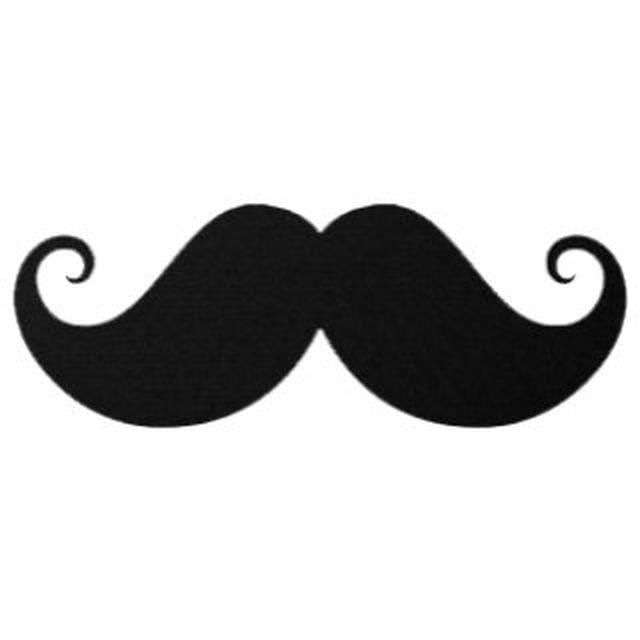Smart IoT-Driven Weather Monitoring for Greenhouses
Designed an IoT-based weather system, combining localized sensors and intuitive software to empower greenhouse owners with actionable insights.
Overview
- This project was a true collaboration between different teams, and I am deeply passionate about interdisciplinary work. The project focused on three main applications: real-time weather monitoring, greenhouses, and factory productivity. Each of these projects had its own unique challenges. Here, I will focus more on the real-time weather monitoring project, which combined agricultural knowledge, hardware, and software. The main challenge we faced was that greenhouse owners did not have a clear understanding of the technology, and there was a need to design a system based on their actual needs.
- In the real-time weather monitoring project, another challenge was cooperation between the different teams. The hardware, backend, frontend, and design teams were all trying to make their work easier, which caused some coordination issues. To solve these problems, we held several meetings with greenhouse owners and sent out surveys to get a better understanding of their needs. We then documented the results, and these data helped shape the core direction of the project.
- As the team coordinator, I made sure everyone was aware of each other’s concerns and created an environment for effective collaboration. Since I had experience in both frontend and backend development, and had a good understanding of hardware from my work in robotics, I was able to facilitate communication between the teams. In the end, we decided to create an MVP version of the system within a month and test it with a selected group of users.
In this project, my role was as a product designer, which was very similar to a product manager role. This was because I had a complete understanding of all layers of the project, which helped speed up processes and improve team collaboration.

01
Empathize with Users
Starting the Project: Clarifying Goals
The project began with an initial meeting with stakeholders, where we listened to the idea and overall goals. This session helped shape the foundation of the project. To ensure clarity, I broke down the project into smaller components and labeled each layer. This allowed us to use consistent terminology in future discussions and identify areas of uncertainty early on.
Identifying the Core Problem: Unrecognized User Needs
One significant issue emerged: the users’ real needs were not fully understood. Stakeholders relied heavily on assumptions and hearsay. To address this, I decided to conduct deeper research and uncover the “what,” “how,” and “why” behind the users’ needs.
Gathering Data Through Field Research
We designed key questions and, along with hardware team members, visited industrial zones where the greenhouses were located. We conducted direct interviews with greenhouse owners, asking targeted questions, and captured photos and videos of the greenhouses. This gave us a closer look at their challenges and provided visual references for the project’s next steps.
Analyzing Competitors and Exploring Industry Standards
In parallel, I analyzed competitors. By posing as customers, we engaged with competitors’ teams and accessed product demos. This gave us a better understanding of their processes. Additionally, I researched industry leaders, like IBM, to study how they approach commercial and industrial solutions. These insights sparked new ideas for the project.
Combining Insights for a Better Design Process
By the end of this phase, we had gathered a wealth of quantitative and qualitative data: insights from interviews, visual materials from greenhouses, competitor analysis, and patterns observed in industry leaders. These combined data points created a strong foundation for the design process and clarified our project direction.
02
Define the Problem and Ideate Solutions
After completing the initial research, the core challenge of the project became clear: high costs associated with implementing precise systems. Addressing this issue was crucial for the project’s success. This led to the idea of a shared system to reduce expenses effectively.
Identifying Environmental and External Challenges
Our research revealed that managing plant growth in greenhouses depends on various external factors. For instance:
To save energy, greenhouse operators often balance the temperature by opening and closing windows.
Unstable temperatures and high humidity can significantly affect plant growth, causing substantial damage with even minor anomalies.
Existing weather systems provide general data based on weather stations, but their accuracy isn’t sufficient for specific greenhouse needs.
These insights sparked a side project: installing localized weather stations to offer precise, region-specific data for greenhouse operators.
Extracting Key User Needs
To dig deeper, we organized more targeted interviews. From these, we identified the most critical metrics for greenhouse operators: temperature, humidity, light intensity, and a few other factors that must be monitored continuously.
Developing Practical and Cost-effective Solutions
To tackle the cost issue, we decided to install a few weather stations in the region instead of placing expensive sensors in every greenhouse. This way, data could be shared among users, significantly reducing expenses.
Adapting to Users’ Technological Capabilities
Most greenhouse operators were not familiar with advanced technology, and workers typically had access only to basic smartphones with internet. To address this, we proposed building the system as a PWA (Progressive Web App). This ensured easy access through mobile devices and enabled faster development.
Managing Team and Hardware Challenges
A major project challenge was aligning the hardware and software teams. The hardware team wanted to give users complex access to system functionalities, which would have made the platform less user-friendly. Through several collaborative meetings, we struck a balance between team needs and maintaining a simple UX.
Additionally, I worked to establish a shared language across teams and acted as a communication bridge. To enhance efficiency, I introduced Agile methodologies for team collaboration, which resulted in improved productivity and long-lasting improvements in teamwork.
03
Design & Prototype
After conducting thorough research, we moved to the design phase. The main challenge here was to create a simple yet visually appealing interface since some users were less familiar with technology. To tackle this:
- We chose colors and icons as the primary design elements to make the app easier to use and understand.
- The goal was to ensure that even less tech-savvy users could interact with the app without difficulty.
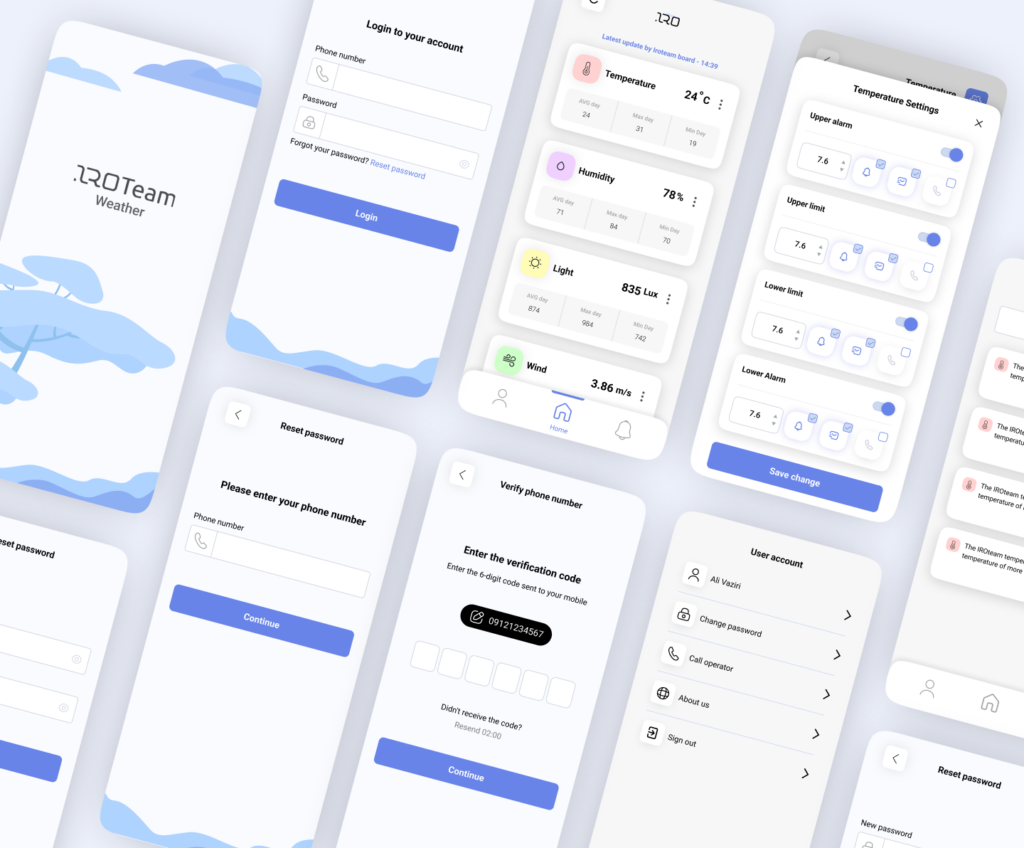
High-Fidelity Wireframes
Since the app only had a few screens, we decided to skip low-fidelity wireframes and directly create high-fidelity ones. This allowed us to:
- Include more detailed designs from the beginning.
- Quickly gather feedback from stakeholders and improve the designs.
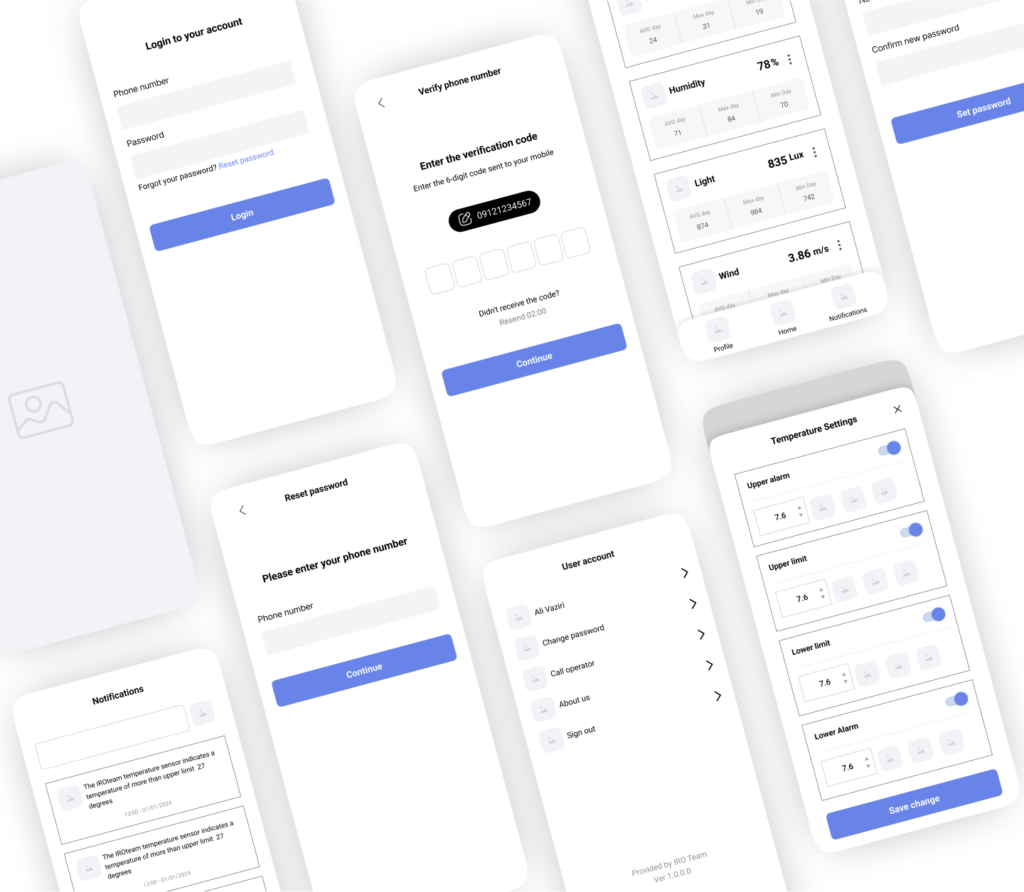
Solving the Data Display Challenge
One of the most significant challenges was presenting essential user data in a clear and compact card format. To solve this:
We created multiple designs for the information cards.
Carefully chose the right words and phrases to ensure the information was clear.
After testing with users and gathering feedback, we finalized the most effective design.
Competitor Analysis and Our Strength
Analyzing competitors revealed that most of them used pre-built systems for their apps and didn’t invest in their UI/UX design. We turned this weakness into our competitive advantage:
- We focused on creating an app that not only functioned well but also looked world-class, beautiful, and easy to use.
- Feedback from users confirmed that our attractive and user-friendly interface positively impacted their experience, helping us stand out from competitors.

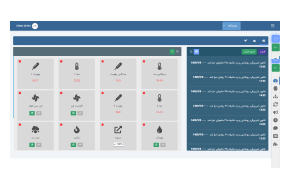
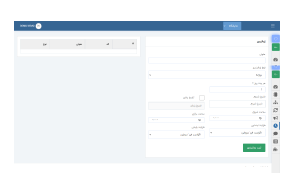
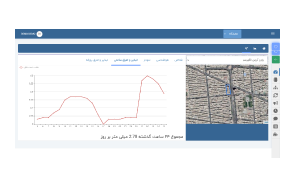
04
Testing and Implementation
After completing the initial version, we moved to the testing phase. To begin, we contacted a local greenhouse owner and asked him to collaborate as a tester. He also introduced us to a few colleagues who joined the testing process. This step had several advantages:
- Real users, such as greenhouse owners, participated directly in testing.
- Even people with limited technology knowledge gave us feedback, helping us understand if the user interface met their needs.
Testing the Implemented Version
As in all projects, I paid close attention to the quality of the final version that users would see. This project was particularly challenging because, besides the software, the hardware component also needed to be tested.
To address this, I initially suggested using mock data to start testing quickly. However, with support from the hardware team, we set up a test hardware unit in the company. This allowed us to run tests with real data and simulate the system’s actual functionality.
Key Insight and Clearer Design Process
One of the most critical pieces of feedback we received was that users wanted to view information in a simple and fast way. This insight made our design process clearer and more focused. We decided to:
- Simplify the information pages, so all user groups could easily navigate the app.
- Use clearer icons and colors to ensure that even those unfamiliar with other apps could quickly find the information they needed.
This key insight streamlined the design process, enabling us to make necessary changes faster and more effectively.
05
Key Takeaways from the Project
- Collaboration within the team is the most important factor for a project’s success. In this project, I initially took on the role of product designer, but as the project progressed, I realized I could step into other roles as well and contribute in different ways.
- Having knowledge from various fields can be incredibly useful. In this project, I applied knowledge from areas such as robotics, programming, and agile management systems, which helped the team work more efficiently and improved collaboration.
- What stakeholders often think may not always be correct or based on accurate information. Conducting research and relying on valid data is essential to move the project forward because the real users of the system are the people who will actually use it, not just the stakeholders.
- Competitor analysis plays a key role in staying ahead of the competition. In some cases, like in this project, competitors focused only on the technical aspects and overlooked the user experience, which gave us a competitive edge.
- A successful team is one where everyone is aware of the challenges from different parts of the project and uses a common language to move the project forward effectively.
